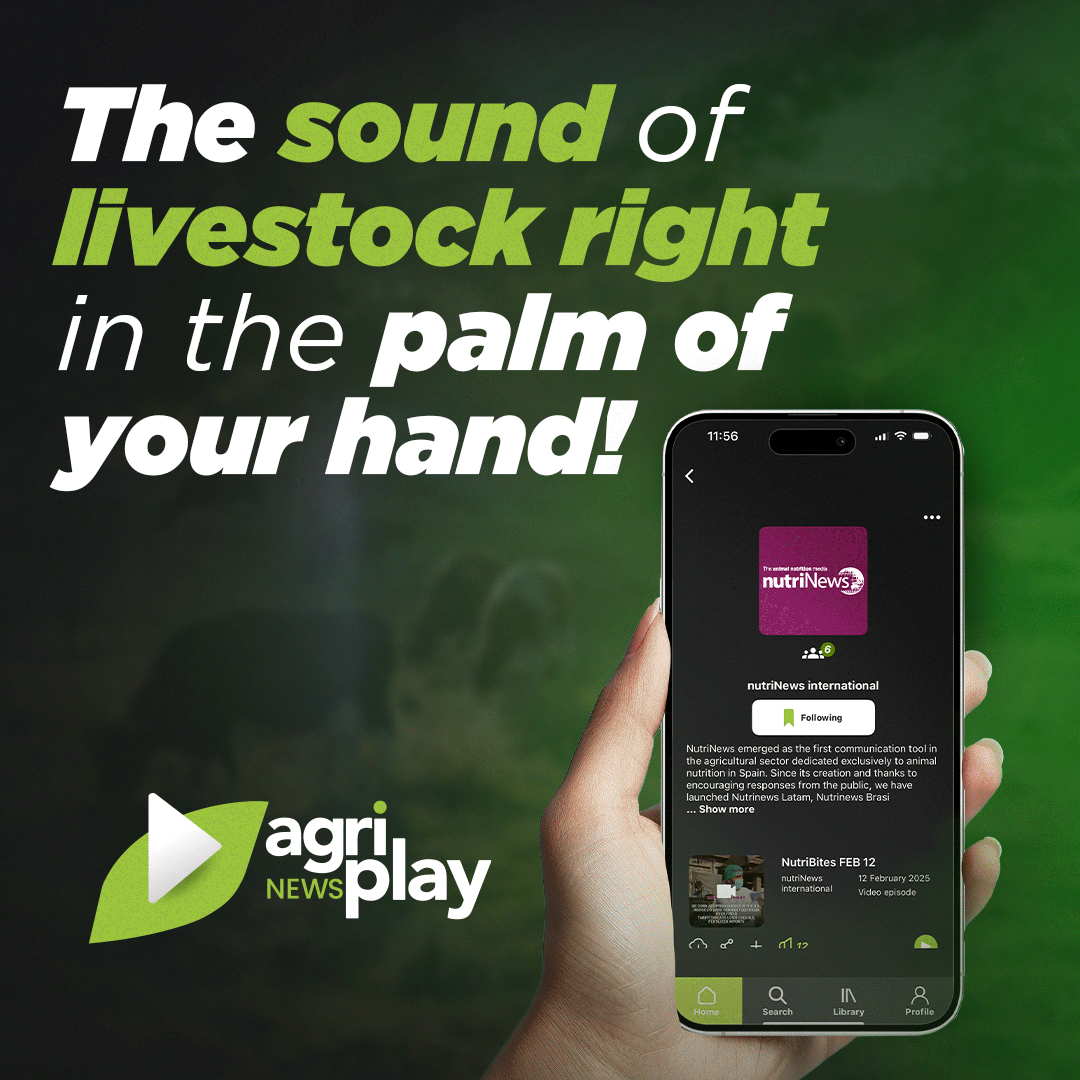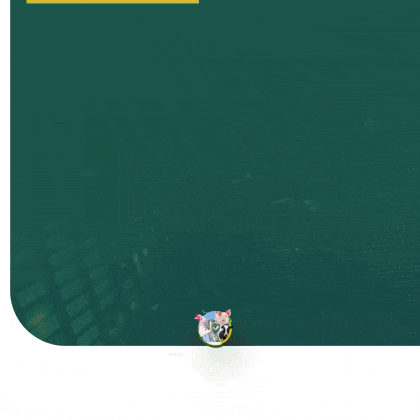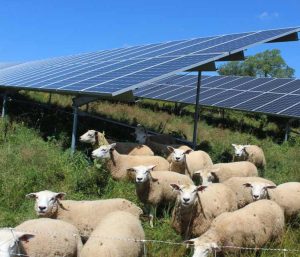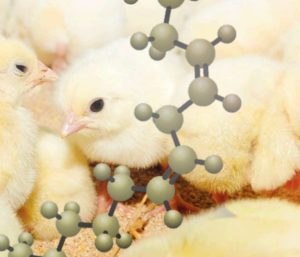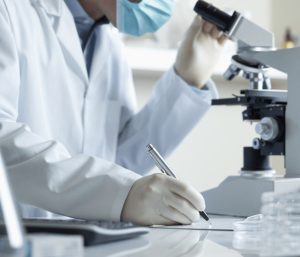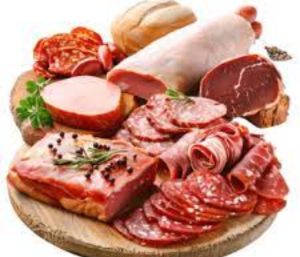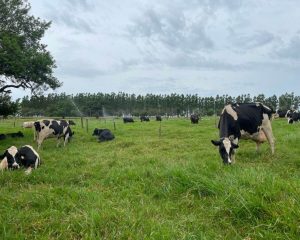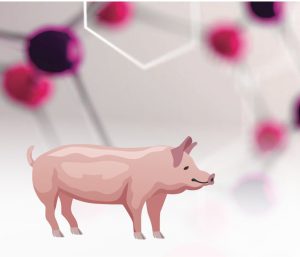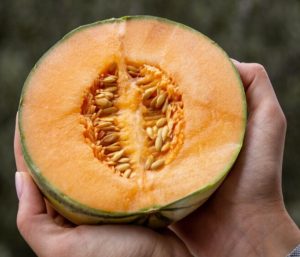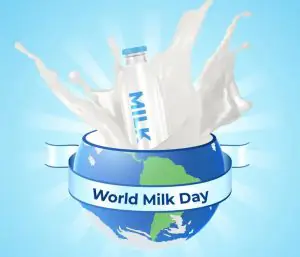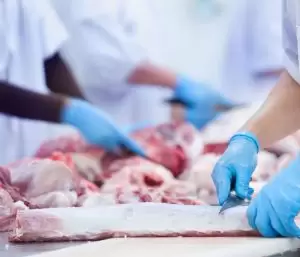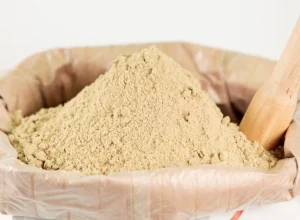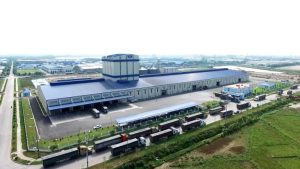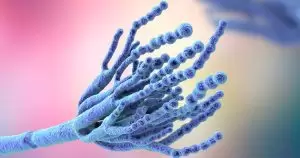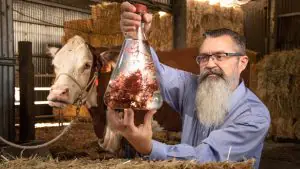Home » Nutrition » Influence of diertary fat on rumen microbiota – Part II: biohydrogenation
Influence of diertary fat on rumen microbiota – Part II: biohydrogenation
In the second part of this work on the effect of dietary fat on rumen microbiota, we review experimental results from in-vivo assays and discuss in more detail the process of ruminal biohydrogenation of fats. As we have already mentioned in part 1, biohydrogenation is the step following ruminal lipolysis, which is the first process the fats undergo after entering the rumen.
Detoxyfying adaptation – biohydrogenation
Biohydrogenation process is a detoxifying adaptation (Kemp et al., 1984). It marginally contributes to the elimination of reducing equivalents produced during ruminal fermentation (Lourenço, et al. 2010). It comprises various steps, depending on the types of UFAs, and several metabolic pathways, depending on the diet and the ruminal environment (Fig. 1) (Griinari et al., 1998).

Figure 1. Ruminal biohydrogenation (UFA: Unsaturated Fatty Acids).
Protozoa engulf bacteria and bacterial biohydrogenation may occur inside them (Jenkins et al., 2008). This may explain the high concentration of intermediate products inside the protozoa (Devillard et al., 2006).
In-vivo studies
Besides the experimental studies performed on selected microbiological isolates, there have been attempts to evaluate in-vivo the relationship between different ruminal bacteria and biohydrogenation. Those studies were based on adding bacteria in the rumen and measuring their products, or on adding feed supplements known to affect BH and measuring the effec on bacteria abundance.
As a rule
- In-vivo studies have shown that the addition of fat in the rumen did not produce any change or reduction in the genera of total and principal protozoa.
Other observations
- Hristov et al. (2012) observed that lauric acid (C12: 0) strongly reduced protozoa counts in comparison with myristic acid (C14:0) and stearic (18:0).
- Oldick and Firkins (2000), with a more general approach, demonstrated that increasing the degree of unsaturation reduced the protozoa count. However, they emphasized that it could be difficult to evaluate the change due to the individual variation. This may explain the inconsistency of the results.
Observations of the archaea community

Figure 2. Methanobrevibacter ruminantium
Studies with pure archaea strains showed that, when adding organic acids or saturated fatty acids, there was an inhibition of the production of methane by Methanobrevibacter ruminantium (Fig. 2).
- Lillis et al. (2011) demonstrated that the addition of soya oil in-vivo altered the count but not the diversity of methanogenic archaea. They hypothesized that such changes may have been the consequence of the alteration of the VFAs (less acetate and butyrate, which produce H2, and more propionate) due to changes in the bacterial community.
- Hristov et al.(2012) proposed that the changes in the archaea community could be the consequence of a reduction in the number of protozoa, secondary to the ingestion of diets rich in fat.
On linoleic acid
- Linoleic acid (LA) can affect the growth of pure cultures of the fungus Neocallimastix frontalis (Maia et al., 2007).
- Boots et al. (2012) confirmed in vivo the negative effect of LA on the order Neocallimastigales spp. The richness and diversity of the order decrease after the inclusion of soya oil.
 Figure 3. Soya oil
Figure 3. Soya oil
-
- The inhibitng effect of oils on bacterial growth has been extensively studied in vitro on pure cultures of ruminal strains (Maia et al., 2007). The studies were centered on bacteria with a role on fibrolysis, amylolysis, and fat metabolism.
Altogether, these first studies on saturated and monounsaturated FA emphasized that the effect of fats in ruminal bacteria depend on bacterial metabolism, instauration of FA, and geometric configuration of double bonds.
The negative effects of FA on B. fibrisolvens are:
Stronger (+) for ALA than for AL
Stronger (++) for FA of long chain eicosapentaenoic (EPA; cis-5, cis-8, cis-11, cis-14, cis-17-C20: 5 ) and docosahexaenoic (DHA; cis-4, cis-7, cis-10, cis-13, cis-16, cis-19-C22: 6).
Similarly, ALA strongly increases the latent phase and reduces the growth rate of Propionobacterium acnes (Maia et al., 2016).
In vivo effects on bacteria
The effects of fat supplements were investigated in vivo. Bacteria were classified at species level by means of quantitative PCR (Martin et al., 2016; Vargas-Bello-Perez, et al., 2016) or at genus level using 16S rDNA pyrosequencing (Zened et al., 2013a; Huws et al., 2014). The latter authors found significant effects of fat on bacteria not yet sequenced or classified.
Figure 4. Bacteria were classified at species level by means of quantitative PCR
These experiments added mainly oil, differently from most of the studies on pure cultures, in which free FA were used.
Altogether, the observed effects were lower than in experiments with pure cultures. This could be due to the type of fat added or to the fact that the ffects on the latency phase cannot be observed in vivo.
Changes in ruminal microbiota due to higher proportion of concentrates were much higher than the ones observed after the addition of fat. Furthermore, some genera were affected differently after the addition of oil to diets of low and high concentrate, especially Acetitomaculum, Lachnospira y Prevotella (Zened et al. 2011).
Figure 5. Prevotella spp.
Among the genera or species of bacteria studied in several experiments, Fibrobacter and Ruminococcus were negatively affected in most cases. The effects on genera Butyrivibio y Prevotella were very variable. These latter genera comprise many species with somehow diverse metabolic functions, different metabolic pathways, and different sensitivities to FA in cultures (Maia et al., 2007).
The drop in abundance of a bacterium genum in vivo after a change in the diet cannot be univocally interpreted as a direct consequence of such change. However, it could reflect a more general modification in nutrient degradation and in the relations between different ruminal microorganisms.
How for FA inhibit bacterial growth?
There are several hypotheses to explain the inhibiting mechanism of FA on bacterial growth:
- Hypothesis no.1. most of the lipids are associated with feed particles in the rumen. The fat layer on the surface of the particles would reduce the adhesion, decreasing the degradation of the fibre (Devendra and Lewis, 1974). However this hypothesis is inconsistent with the increase in number of bacteria adhered to the particles in the solid phase after adding fat to the diet (Bauchart et al., 1986)
- Hypothesis no.2. Devendra and Lewis (1974) also proposed that dietary fat could decrease the availability of cations for ruminal bacteria due to the formation of salts. This is consistent with the protective effects of calcium rich substances on the degradation of cellulose when oil is added to the diet (Brooks et al., 1954). However, this cannot explain any of the negative effects on the diet.
- Hipothesis n0. 3: Devendra y Lewis (1974) also proposed that FAs could have a direct toxicity on ruminal bacteria. This is consistent with the incorporation UFA in bacterial cultures (Bauchart et al. al. 1990). Such toxicity could be due to a restriction to the passage of nutrients due to the UFA being adhered to the cellular wall.
 Figure 6. Double cis bonds may stop bacterial reducing beyond stearic acid.
Figure 6. Double cis bonds may stop bacterial reducing beyond stearic acid. - A specific effect of the cis double bonds could explain why bacteria could not reduce it beyond stearic acid.
- Linoleic acid (LA) can alter cellular integrity. However there is not relationship between this kind of damage and the level of inhibition of bacterial growth observed in different strains, including fibrisolvens.
Conclusions and perspectives
The relationship between dietary lipids and ruminal microbiota is dominated by the toxicity that UFA produce in many microorganisms, especially fibrolytic bacteria.
- It is known that the genus Butyrivibrio is strongly involved in the process of detoxification.
Many recent studies suggest that the biochemical pathways are more complex and that the involved bacteria could be more diverse than it was thought several decades ago.
Practical applications involve both sides of the relationship:
- The addition of fat to the diet shapes-up the ruminal community, modulates the ruminal function. This has resulted in great quantity of research lately dedicated to study the reduction of methane emissions. However, the mode of action is not yet completely comprehended, and could depend on the fat source (Patra and you, 2013)
- There are negative collateral effects on feed efficiency, such as the reduction in dry matter intake (Beauchemin et al., 2009).
The most adequate options to shape the rumen microbiota and its activity depend on many factors:
- Production system
- Economic conditions
- Local regulations or specification
However, in order to apply in the field all the discussed manipulations, it is necessary to run further in vivo experiments, in diverse dietetic conditions, with prolonged experimental periods. The resilience of the ruminal microbiota, as well as its adaptation to the degradation of vegetal compounds, could alter the effects throughout time (Weimer, 2015)
Furthermore, directing new applied research on ruminal metabolism of fats makes necessary get to know better the types of microorganisms, the enzymatic mechanisms, as well as the interactions between microbiota and the host.




